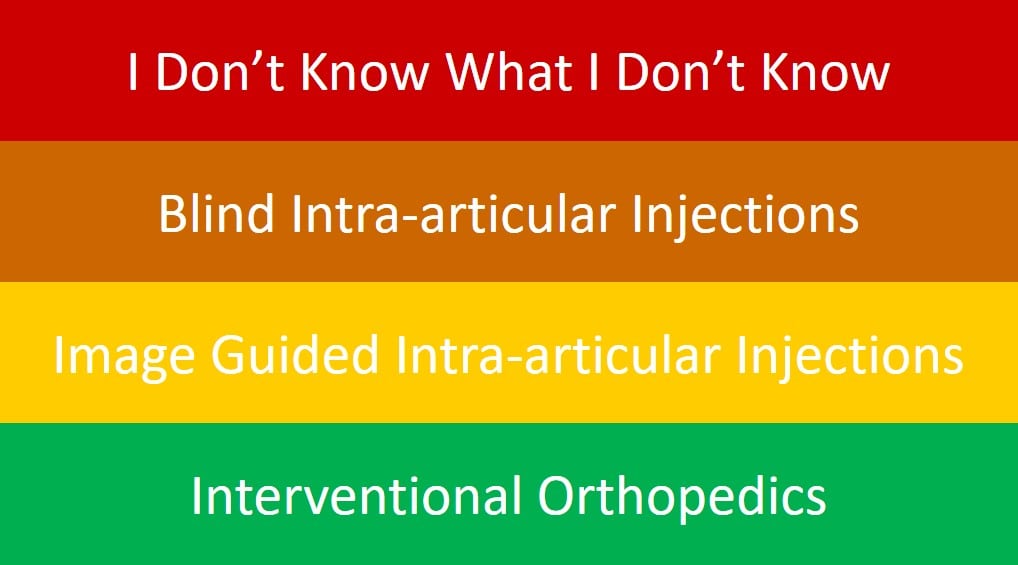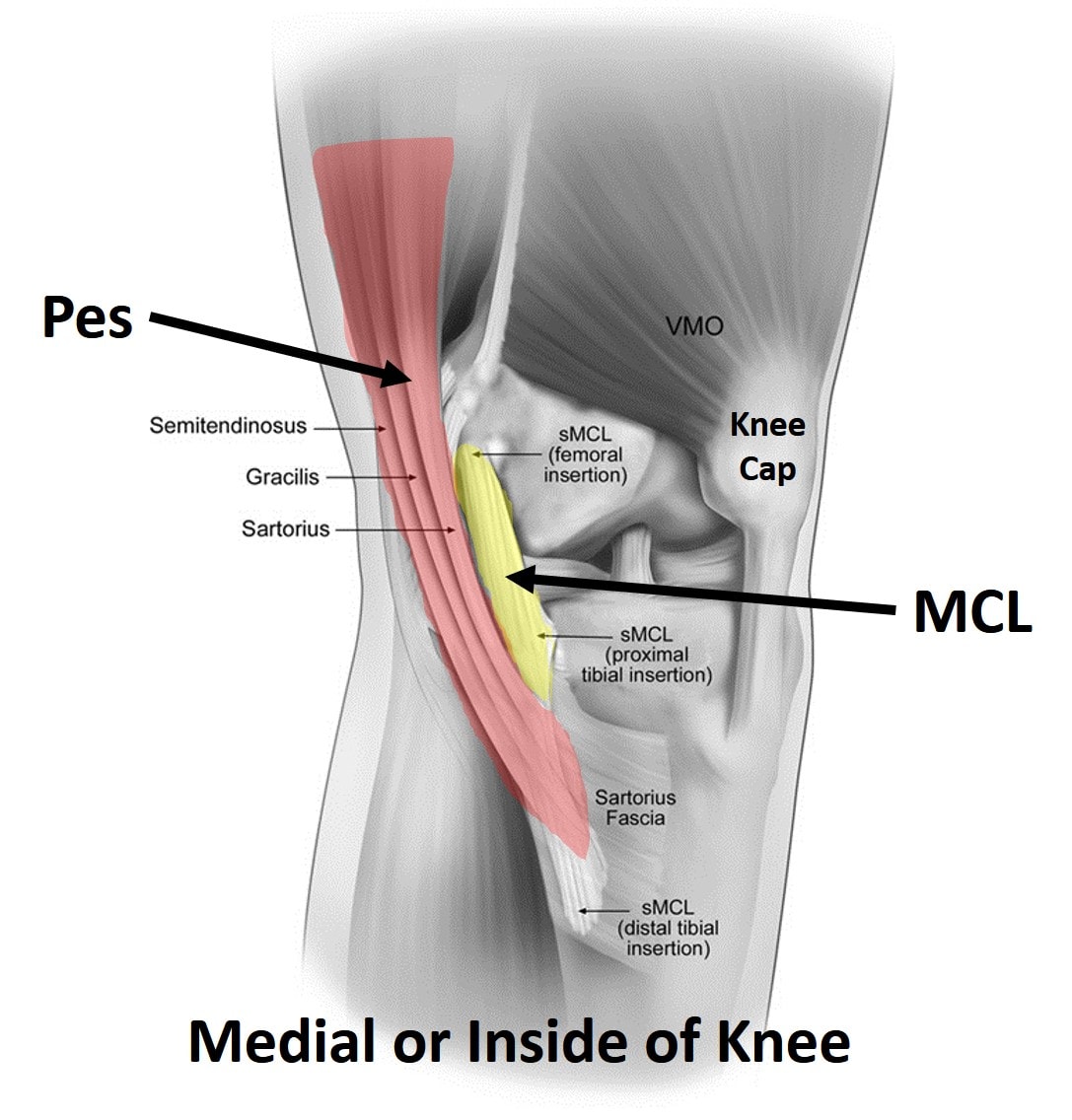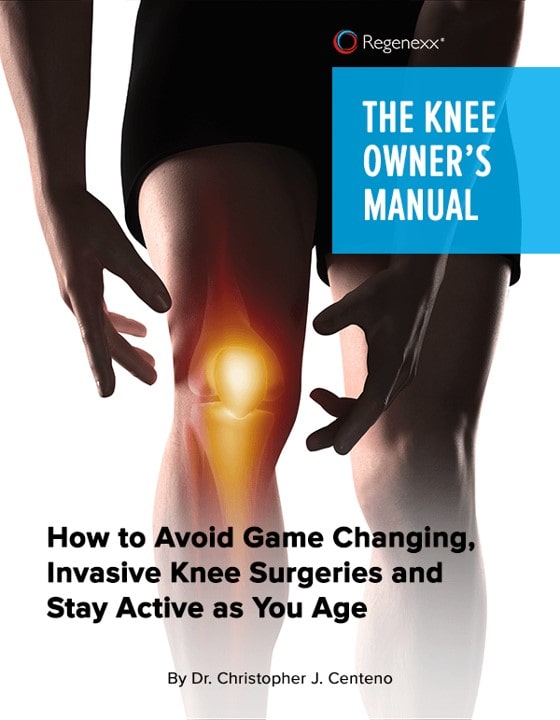PRP for Knee Arthritis: You Need to Inject More Than the Joint
There are really multiple levels of understanding in orthobiologics. This morning I’ll break that down using a recent paper that suggests that we need to inject more than the joint with PRP injections used to treat knee arthritis. Hopefully, this helps patients understand how to get the best treatment possible.
What are Orthobiologic Injections?
These are injections that can heal or help reduce the breakdown of cartilage, ligament, tendons, bone, and muscle. This spans a wide variety of things that can be injected from platelet-based therapies like PRP (Platelet-Rich Plasma) to Bone Marrow Concentrate (BMC), to cultured stem cell procedures and lots in between. What’s injected is often as important as where and how it’s injected. Let me explain.
The Levels of Competency in Orthobiologics

I have listed the levels of competency in orthobiologics above. There’s a massive difference in the quality of care delivered from the top to the bottom. Meaning that a positive outcome is likely hit or miss at level 1 (red) and much more likely as you get toward the green.
I Don’t Know What I Don’t Know
This is by far the worst level of understanding and regrettably is about 70-80% of the providers you could see for a PRP or stem cell procedure. These providers may have taken a quick weekend course and often make critical errors that destroy the efficacy of the treatment. For example, they may be used to injecting high dose steroids, so they throw that in with a stem cell injection and this kills all the cells. Or they may be used to using long-acting anesthetics and they inject Marcaine (Bupivacaine) into a joint before a PRP injection, killing some of the cartilage cells in the joint before the PRP has any time to act. Another category is represented by the clinics that didn’t get the memo that amniotic fluid or umbilical cord products have no live stem cells, but they advertise these procedures as having millions of stem cells. They simply have no idea of which end is up.
Blind Intra-articular Injections
While this group crosses over with the “I Don’t Know What I Don’t Know” group, this group usually consists of surgeons, family doctors, or mid-levels like nurses and physician assistants who have not been trained how to use imaging guidance like ultrasound or fluoroscopy. They just stick the needle somewhere in the vicinity of the joint and hope for the best. They usually don’t even get any orthobiologic in the joint about 1/3 of the time. This is about half of all orthobiologic injections performed today. This is a bit like driving a car blindfolded, something that you can do, but is not a good idea
Image Guided Intra-articular Injections
While this one also crosses over with the “I Don’t Know What I Don’t Know” group, these are usually interventional spine physicians who have bolted orthobiologics onto their usual practices. This group just performs injections inside the joint. They do use guidance, but they have no idea that orthobiologics should dramatically change how they perform an exam, what is injected, and how it’s injected. They are just taking what they know from injecting steroids and substituting something like PRP. As you’ll see from the study I highlight below, they are woefully ill-prepared to perform this work at a high level.
Interventional Orthopedics
These doctors represent less than a few percent of all physicians performing orthobiologic injections. They have taken substantial additional coursework or fellowship training in interventional orthopedics. They can target many different structures such as a hip labrum or knee ACL ligament. More critically, they also understand that orthobiologics dramatically change what they need to inject and how. To understand a bit more about this approach (used by Regenexx), watch my video below:
Injecting an Arthritic Knee with PRP Inside the Joint Isn’t Enough
About 90% of all PRP injections for knee arthritis are just inside the joint. About half of these are blind and about half with guidance. However, very few doctors use a more sophisticated interventional orthopedics approach. Why? Most don’t know any better.
I have been asked many times by doctors that use the simpler approach, why they would take the extra time to do more. After all, what else can be injected? In this recent research study that I’ll review today, the MCL and pes anserine were injected with PRP, in addition, into the joint and that outcome was compared to patients who just had their joints injected.
The MCL ligament stabilizes the inside of the knee and the pes anserine tendons cross this area. These are tendons that start as muscles in the thigh and make their way down to insert at the inside of the knee below the actual joint line. See my diagram below:

The researchers compared ultrasound-guided PRP injection inside the joint (IA or intra-articular) alone with IA + the pes anserine (and likely some of the MCL due to their proximity. What happened? The group that got multiple structures injected did better. Also, more interestingly, the synovial fluid markers of OA activity that they measured decreased more only in the group that had more than the joint injected. Why? the MCL is lax in many of these patients, so injecting it and tightening it likely causes less degenerative instability.
Want to Learn More About Interventional Orthopedics?
If you want to know more about how interventional orthopedics is vastly different than a simple PRP or stem cell injection procedure, read my book on how we approach knee problems:
The upshot? Injecting knees with things like PRP and stem cells is much more complex than just sticking the needle in there someplace. Hence, finding a provider that understands all of this stuff is key to maximizing your chance or reducing pain and improving function.

If you have questions or comments about this blog post, please email us at [email protected]
NOTE: This blog post provides general information to help the reader better understand regenerative medicine, musculoskeletal health, and related subjects. All content provided in this blog, website, or any linked materials, including text, graphics, images, patient profiles, outcomes, and information, are not intended and should not be considered or used as a substitute for medical advice, diagnosis, or treatment. Please always consult with a professional and certified healthcare provider to discuss if a treatment is right for you.
